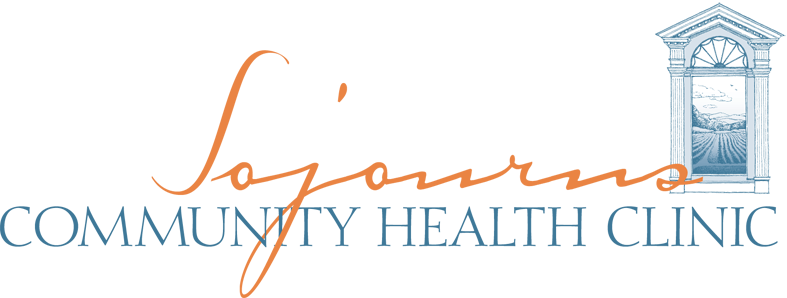Unlock the Power of Exercise: From Cancer Prevention to a Rejuvenated Heart, Mind, and Body
Exercise is one of a handful of topics that doctors and researchers across the globe can agree on – it’s beneficial for all of us, and many of us aren’t getting enough.
While we know that regular exercise is good for us, are you aware that it reaches far beyond improvements in our immediate physical health?
In fact, studies have shown that it plays a crucial role in preventing cancers of various types – including breast, colon, and lung cancers.
How does that happen?
One way exercise accomplishes this is by reducing weight and regulating hormones, allowing the body to build an environment of immune system balance that is less conducive to the development of cancers.
Some studies also indicate that the higher blood flow rate achieved when exercising creates a force that can impact metastatic cancer cells in the blood. Cancer cells are susceptible to the turbulence in the bloodstream resulting in these vulnerable cells being destroyed!
How else can exercise be of benefit?
As we age, the heart undergoes specific inevitable changes related to the aging process. It tends to become smaller and even stiffer, impacting its efficacy and potentially reducing the capacity to exercise, thus elevating our risk for cardiac issues.
However, as with most health concerns, there are interventions that can change this outcome!
Consistent aerobic exercise with a high portion of the exercise being of vigorous intensity has been shown to combat some of these normal effects of aging. A landmark study published by Dr. Ben Levine, (Director of the Institute for Exercise and Environmental Medicine (IEEM) at Texas Health Presbyterian Hospital in Dallas), revealed that 2 years of vigorous exercise in a group of 50-year-olds was able to reverse the aging of their hearts by as much as 20 years.
This effectively made their hearts resemble more closely those of 30-year-olds!
The exercise protocol in this study gradually increased the intensity of exercise and its frequency. By the end of the study, participants were exercising about 5-8 hours per week.
When we perform vigorous-intensity exercise, our muscles generate lactate, which then is shuttled into the mitochondria (the “powerhouse” of our cells), which in turn increases the number of mitochondria per cell. (This is known as mitochondrial biogenesis.)
The process continues to build, much like a snowball effect. The more the lactate shuttles, the more lactate becomes available for use and the more mitochondria. This means that the more we exercise the more available energy we will have. In other words, when we exercise we will be able to have improved sustained energy throughout our day.
Lastly, beyond the improvements in our physical appearance, and positive effects related to cancer prevention and strengthening the heart, exercise has been proven to have significant positive impacts on cognitive health.
Engagement in regular physical activity is a potent promoter of cognitive function and has been linked to improved memory, enhanced concentration, and a reduced risk of neurodegenerative conditions like Alzheimer’s disease. The increased blood flow and oxygen to the brain achieved during exercise contribute to the growth of new neurons, fostering overall brain health.
From cancer prevention to heart health to increased mental capacity and energy, the benefits of exercise extend beyond sculpting a fit physique.
We have likely all at least heard, if not used the excuse “I don’t have time to dedicate to an exercise routine.” And it may feel true – schedules can be full of activities, and many times it can seem like there aren’t enough hours in a day.
However, there are simple ways we can all incorporate exercise into our lives.
If you can move for just 15 minutes every few hours each day, you can experience some of the benefits that exercise can bring.
Think of it as an “exercise snack,” allowing yourself this indulgence, because time and again, regular physical activity emerges as a holistic approach to promoting overall well-being.
Your brain and body will thank you for it!
Related Blogs
-
April 2024
- Apr 11, 2024 Wondering what to do for Symptoms of Lyme Disease?
- Apr 10, 2024 Rejuvenate This Spring With a Cleanse!
-
March 2024
- Mar 21, 2024 Gut Health Supplements: Enhancing Digestive Wellness for Optimal Health
- Mar 21, 2024 B-complex Supplements: Unveiling Their Power - A Comprehensive Guide
- Mar 21, 2024 Vitamin D Supplements: You’re Key to Optimal Health and Wellness
- Mar 21, 2024 Omega-3 Supplements: Maximizing Health Benefits Through Essential Fatty Acids
- Mar 13, 2024 Liver Detox Supplements: The Ultimate Guide to Boosting Your Liver Health
- Mar 5, 2024 Benefits of Massage
-
February 2024
- Feb 21, 2024 The Healing Power of Community
- January 2024
-
December 2023
- Dec 20, 2023 Massage Frequently Asked Questions
- Dec 20, 2023 New Fitness Supplements
- June 2023
- April 2023
-
March 2023
- Mar 3, 2023 Sweet Renewal
-
January 2023
- Jan 31, 2023 Phone Tree Guide
- Jan 11, 2023 Happy New Year!
-
December 2022
- Dec 13, 2022 Ways to Beat Those Winter Blues…
-
November 2022
- Nov 7, 2022 Mindful Eating
-
October 2022
- Oct 21, 2022 Breathwork in Action
- Oct 21, 2022 Energized by the Sun
- Oct 1, 2022 The Joy of Golf
- Oct 1, 2022 An Ounce of Prevention

